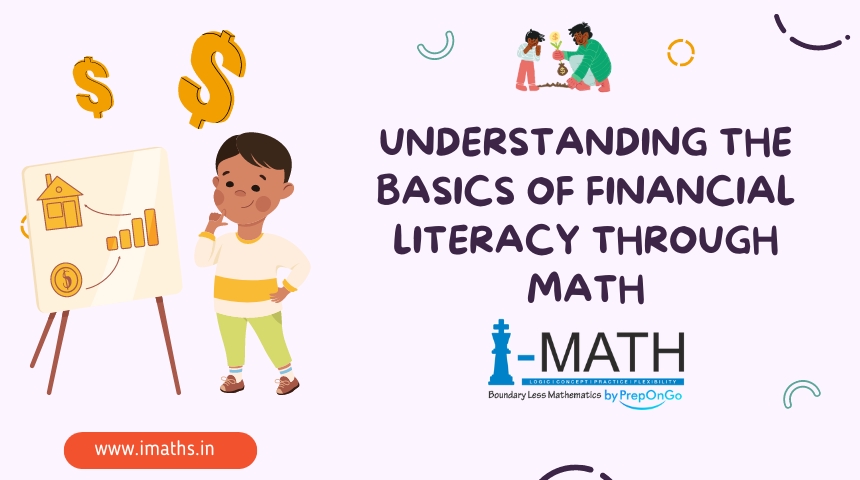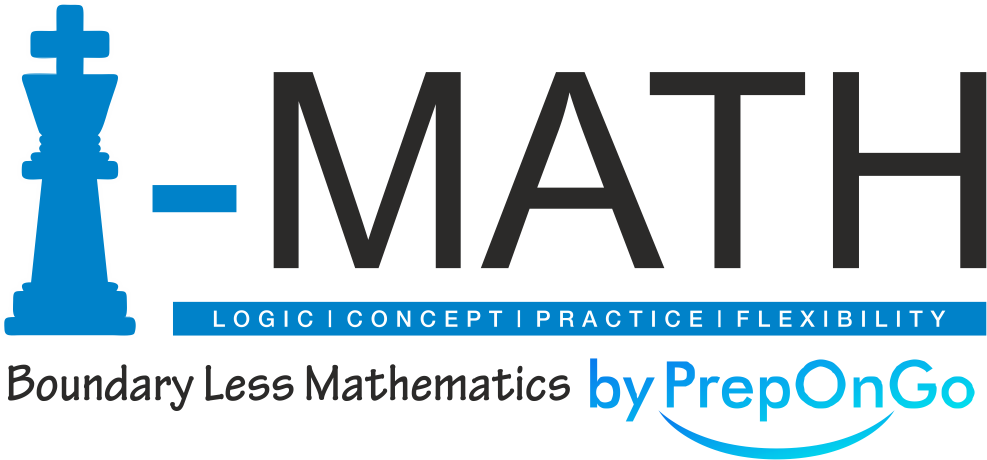Understanding the Basics of Financial Literacy Through Math

Financial literacy is crucial for making informed decisions about money. It involves understanding how to manage finances, budget, invest, and plan for the future. At the heart of financial literacy lies math. By grasping the basics of financial literacy through math, you can take control of your financial life. Let’s explore how math plays a pivotal role in understanding financial concepts.
The Foundation: Budgeting
Budgeting is the cornerstone of financial literacy. It involves tracking income and expenses to ensure you’re not spending more than you earn. Math helps you create a budget by calculating totals, differences, and percentages. For example, if your monthly income is 3,000 and your expenses are 2,500, you can use simple subtraction to find your savings:
3000−2500=500 ,
This means you save $500 each month. Math also helps in allocating funds to different categories like housing, food, and entertainment, ensuring balanced spending.
Saving and Interest
Understanding how savings grow over time is a key aspect of financial literacy. When you save money in a bank account, it earns interest. Math helps you calculate how much interest you’ll earn. For instance, if you have 1,000 in a savings account with an annual interest rate of 5%, you can calculate the interest for one year:
1000×0.05=50
You’ll earn $50 in interest. Over multiple years, you can use compound interest formulas to see how your savings grow exponentially.
Debt Management
Managing debt effectively is crucial for financial health. Math helps you understand loan terms, interest rates, and repayment schedules. For example, if you take out a 10,000 loan with a 4% annual interest rate, math helps you calculate your monthly payments and total repayment amount. Understanding these calculations helps you make informed decisions about borrowing and repayment.
Investing Wisely
Investing is an important part of growing your wealth. Whether you’re investing in stocks, bonds, or real estate, math helps you analyze potential returns and risks. For example, if you invest 5,000 in stocks and earn a 7% annual return, math helps you calculate your earnings:
5000×0.07=350
You’ll earn 350 in one year. Over time, compound interest calculations can show how your investments grow, helping you plan long-term financial goals.
Planning for Retirement
Retirement planning involves setting aside money now to ensure financial security in the future. Math helps you estimate how much you need to save to reach your retirement goals. For example, if you aim to have 1 million by retirement and you have 30 years to save, you can use math to determine how much to save each month. By understanding the power of compound interest, you can see how starting early and saving regularly make a significant difference.
Everyday Financial Decisions
Math is essential in making everyday financial decisions, such as comparing prices, understanding discounts, and calculating taxes. For instance, if you’re buying a 50 item with a 20% discount, math helps you find the sale price:
50×0.20=10
50−10=40
You’ll pay 40 after the discount. Similarly, understanding sales tax calculations ensures you’re prepared for the total cost at checkout.
Conclusion
Understanding the basics of financial literacy through math empowers you to manage your finances effectively. From budgeting and saving to investing and planning for retirement, math provides the tools needed to make informed financial decisions. By strengthening your math skills, you enhance your ability to achieve financial stability and success.




